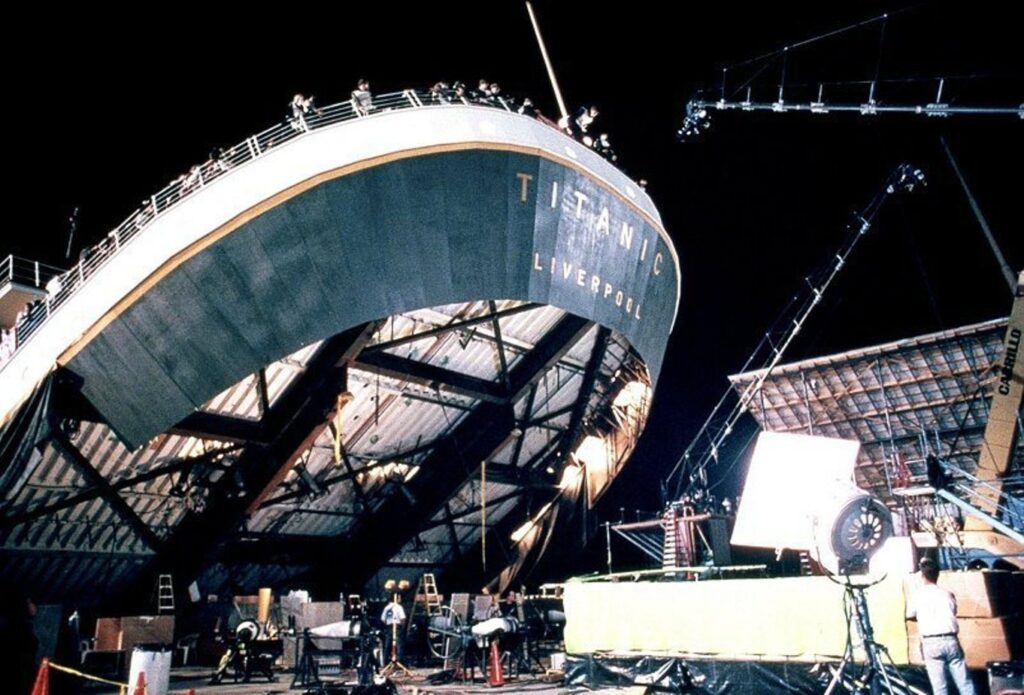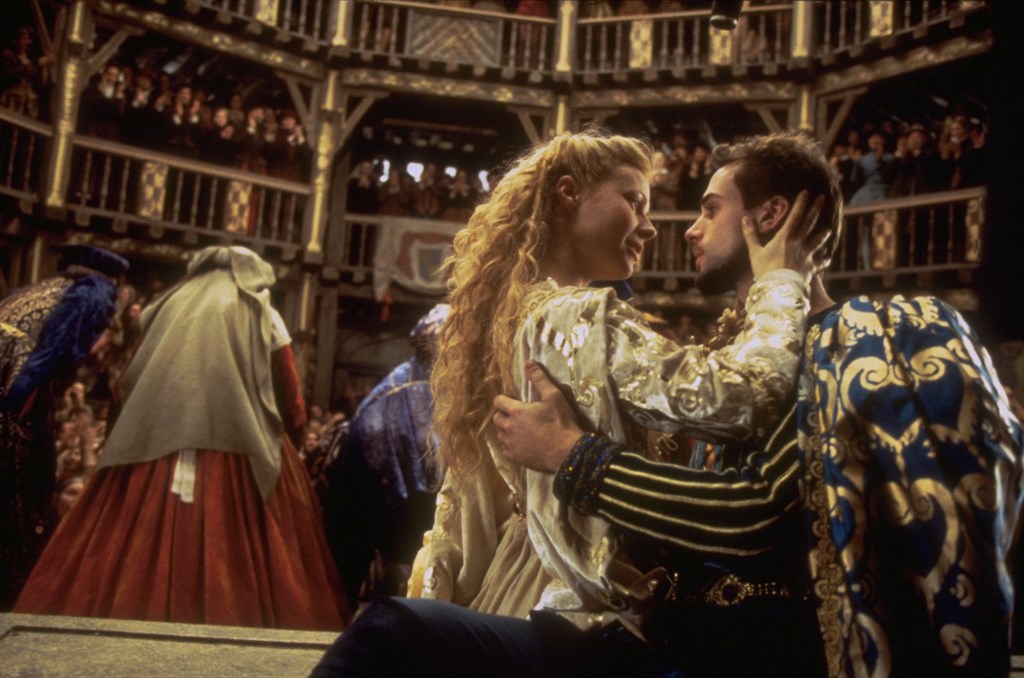Key Elements
The set constitutes the cinematic space inhabited by the characters. There are spatial and temporal aspects of the setting.
When shooting on location, the crew may alter the space to fit the narrative either physically in advance or digitally in post-production. The shooting location does not always match the setting of the narrative, either. A film set in Washington, D.C. may have been shot in Baltimore, for instance.
Location shooting can pose logistical and financial challenges to film studios. Therefore, studios have built soundstages for filming—a large, soundproof, self-contained structure with tall ceiling. Nowadays, soundstages are large enough to fit replicas of building exteriors and outdoor spaces.
The following video takes us behind the scenes of some films and television series, from Bonanza (1959) to La La Land (2016), that were shot at Warner Bros. Studios.
A behind-the-scene video provided by Warner Bros. and AOL Entertainment.
A film’s set is part of the overall meanings of the film’s cultural location, which includes at least four levels of significance:
- the story’s cultural setting (geographical location and era);
- the cultural significance of the filming site;
- the cultural locations of the actors (where they are from: race, class, gender, sexuality);
- the political significance of the performance venue (film screening site) such as a queer film festival.
Further, a film’s set and setting frame the social space its characters inhabit. French philosopher Henri Lefebvre divides the representations of social spaces into three levels of mundane activities, condensed symbols of these activities, and collective imaginations about these activities. Building upon Lefebre’s theory, we might say a film’s set has the following three levels of meanings:
- le perçu (everyday activities and practices such as dining out or taking the metro)
- le conçu (representations of these spatial practices in films and diagrams such as a metro map or public restroom signs)
- le vécu (the audiences’ spatial imaginary of places with particular associations such as gendered workplaces, public restrooms, gay bars, “romantic” vista points, etc.).
Examples
Some cities stand in for other cities with similar skylines. Baltimore, where it is easier to obtain permits to shoot on site, often stands in for Washington, D.C. Montreal in Canada often stands in for both European and American cities. Vancouver rarely plays itself. Known as “North Hollywood,” Vancouver stands in for New York and many other cities. Prague has posed for Vienna. Mexico City was dressed up to serve as a fictional American city named Verona Beach in Baz Luhrmann’s William Shakespeare Romeo + Juliet (1996).
In other instances, the set takes on its own life. The set of the theatre where William Shakespeare is a stakeholder, takes center stage, metaphorically and literally, in John Madden’s Shakespeare in Love (1998). The narrative revolves around the budding actor-turned-playwright’s tribulations and triumphs in the theatre industry.
One of the most spectacular parts of the shooting of James Cameron’s movie Titanic (1997) was the life-size replica of the famous ship. It was parked in a gigantic tank on the Pacific coast near Rosario Beach, Mexico.

A separate replica of the stern was built inside a studio near the main movie set. It could tilt at 90 degrees in a few seconds. Miniature ships were also used. Here is a video explaining how James Cameron directed the Titanic sinking scene.

Exercise
This film still shows Will (played by Joseph Fiennes) and Viola de Lesseps (played by Gwyneth Paltrow) caressing each other in John Madden’s Shakespeare in Love (1998). Will plays Romeo and Viola plays Juliet in this high-stake premiere of Romeo and Juliet, a play-within-a-film. They are about to kiss each other.

What is striking is the set, the space where this kiss takes place: a theatre. The audiences inside the film are cheering as the cast bows at curtain call. The production of Romeo and Juliet has concluded and it is a smashing hit. However, Will and Viola, deeply in love with each other, are unable to pull themselves out of stage’s fictional space (to join their fellow actors at curtain call).
Your Turn: Analyze the set in this clip and the role it plays. This clip is provided by Miramax’s official channel. In this scene, during the high-stake production of Romeo and Juliet, Will and his fellow company members realize they have a problem: the actor cast as Juliet is going through a voice change and thus incapable of playing the maiden. The sequence cuts deftly between front stage and back stage as the tension rises.
